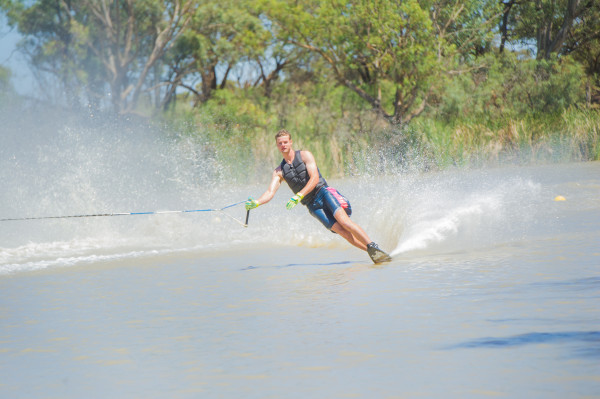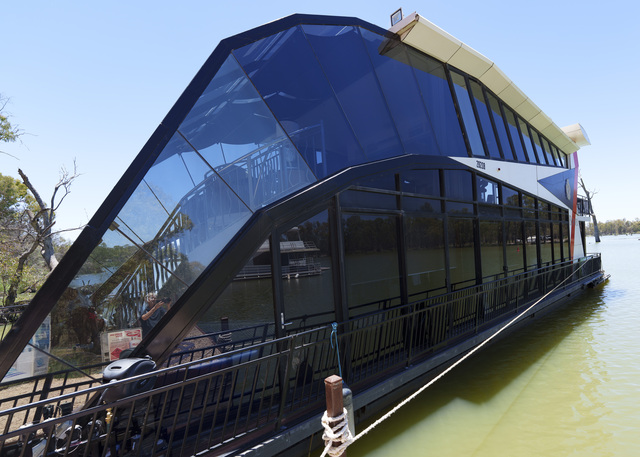TOURNAMENT skiing makes its return to Mildura Ski Club’s Cowra Station site this weekend for the annual South Australia versus Victoria challenge.
The challenge is a teams based event with skiers individual scores grouping together.
This weekend’s event will be slalom only, with four rounds of world ranking list (or L Class) skiing taking place on Saturday and Sunday.
L class scores go off to the international body and ranks skiers in appropriate age divisions against skiers from all over the world. It is used as qualification for events such as world titles and invitational events such as Moomba Masters and US Masters.
They are also at a level where Australian records can be set and the Cowra Station site is no stranger to Aussie records.
Almost 30 entrants from both states will be competing over the two days, with skiing running from 8.30am till about 4pm both days, with divisions ranging from under-10 to over-65.
Several Polish skiers will take to the water representing SA.
Mildura Ski Club’s Nigel Sparrow said while numbers are slightly down on last year some top quality skiing was expected.
“This looks like one of the strongest South Australian teams coming across in a while, so I think they’ll be pretty heavy favourites,” he said.
“Obviously time will tell because you still have to perform.
“I’ve been lucky to be involved in a number of international events in recent years and I can’t remember seeing a Polish team before, so it will be great to see them compete.”
For the first time in several years both state body presidents will be at the event and competing, with SA head Jamie Mitchell taking part in the over-45 men’s division and Victorian counterpart Craig Stephen in the over-65 men.
In slalom skiing, competitors must negotiate a course of entry gates then six turn buoys and finally exit gates to receive credit for a pass.
After every successful pass the boat speed (which is controlled by a computerised GPS cruise control system) is increased by 3km/h to a maximum speed of 55km/h for women and 58km/h for men.
Once these maximum speeds have been achieved a pre-determined length shortens the length of the skier’s rope to make each pass harder.
This can get to the point that the rope is not long enough to reach the turn buoy, the skier must then rely on their reach for the extra distance. When a skier falls, misses a turn buoy, entry or exit gate their run is completed.








